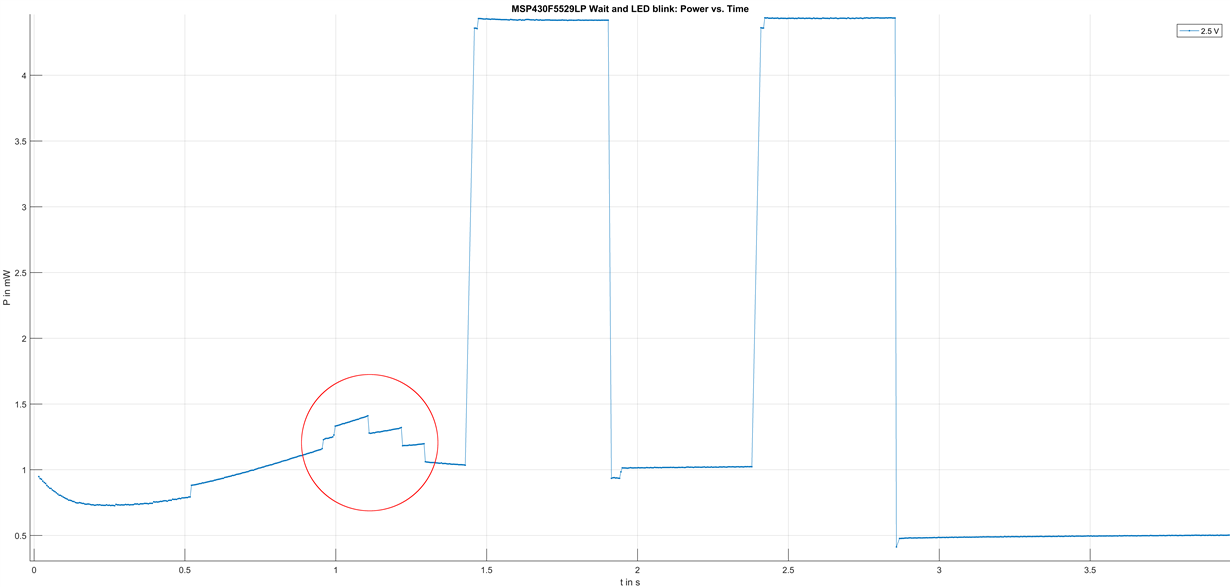Other Parts Discussed in Thread: MSP-EXP430F5529LP, , SN74AXC4T774
Hello,
We plan to drive the inputs of the '774 from a Xilinx RFSoC after power up. So there may be a short period of time (milliseconds) after power up when the '774 inputs are undriven while the RFSoC boots up and configures its output pins. Is it necessary to provide pulldown resistors on the '774 inputs to make sure they are terminated and not floating even during this brief period of time? Or is it unnecessary, nothing could possibly be damaged by floating the inputs for such a brief period?
thanks, Ted


